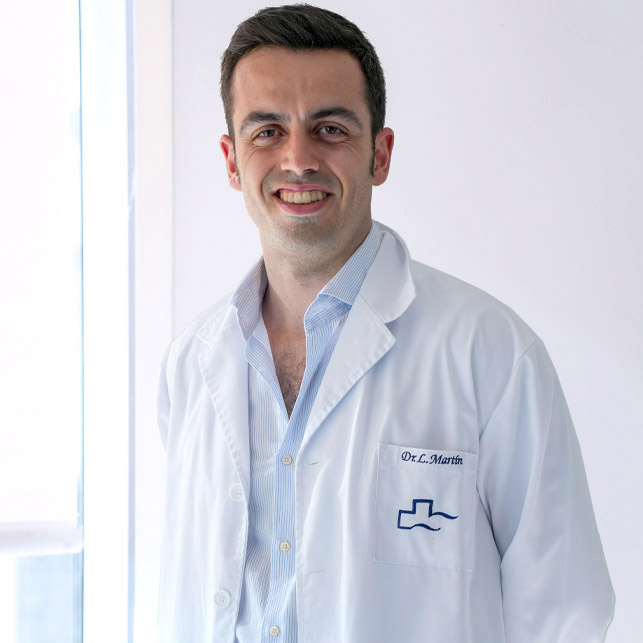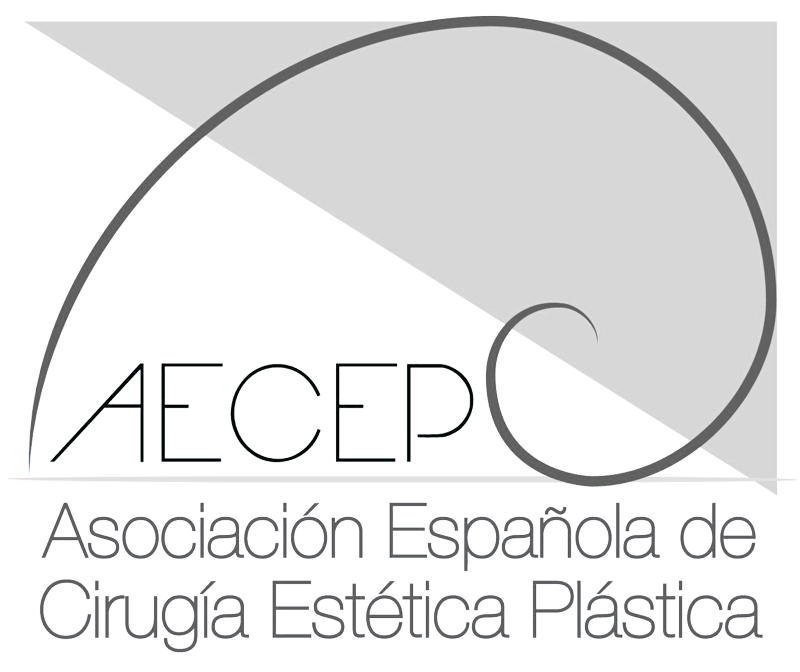
Otoplastia
o cirugía de orejas

Otoplastia
o cirugía de orejas
La otoplastia es la cirugía estética que se emplea para corregir las orejas prominentes o de soplillo, o para reducir el tamaño de las orejas grandes. Esta intervención se practica en niños a partir de 6 años, edad en que las orejas ya han alcanzado prácticamente el tamaño y desarrollo que tendrán en la vida adulta. Por supuesto, también se puede realizar una vez alcanzada la edad adulta.
Local / General
45 min. – 1 hora
0-1 día
7 días
Habitualmente la cirugía de otoplastia se realiza para solucionar las orejas prominentes, popularmente conocidas como orejas de soplillo, en niños a partir de seis años. A esta edad las orejas ya se han desarrollado completamente y alcanzado su tamaño definitivo. También corrige las orejas en copa o contraídas, los lóbulos alargados y defectos estéticos producto de una lesión o malformación congénita de nacimiento. En cualquiera de estos casos se puede considerar someterse a una operación de orejas.
El Dr. Paloma y su equipo te explicarán en detalle el procedimiento, mostrándote fotos de antes y después de la cirugía e informándote de las expectativas reales que puedes conseguir.

En la operación convencional de orejas de soplillo se suele realizar una incisión por detrás de la oreja, dejando por tanto una cicatriz prácticamente invisible. A partir de esta incisión el cirujano remodela el cartílago de la oreja haciendo que se pliegue en los sitios adecuados, reduce la profundidad de la concha y, si lo cree necesario, reseca la piel sobrante.
Dependiendo de la edad del paciente a tratar, la cirugía de orejas en asa se puede realizar bajo anestesia general o local y suele tardar de 45 minutos a una hora.
Antes de una operación estética de orejas de soplillo, el Dr. Paloma y su equipo te realizarán un examen médico.
Una vez examinadas las pruebas se determina el procedimiento más adecuado para llevar a cabo la cirugía plástica, mostrando al paciente algunas imágenes del antes y el después para poder comprender mejor sus deseos y conciliarlos con los posibles resultados.
Después de la cirugía de orejas se suele colocar un vendaje que modela cada parte de la oreja para permitirle curar en su situación correcta.
Una vez retirado suele ser conveniente llevar por la noche una cinta de tenis durante una o dos semanas para evitar que durante el sueño se pliegue la oreja hacia adelante.
Aunque la operación otoplastia es una intervención quirúrgica sencilla, en los casos en los que se haya utilizado anestesia general es recomendable permanecer una noche en la clínica.
Los resultados de la cirugía plástica de orejas son realmente naturales y se pueden apreciar totalmente al cabo de unos 3 o 4 meses. Suponen para el paciente una evidente mejoría en su aspecto facial, lo que conlleva una mejora evidente en su autoestima. En la intervención no se accede al sistema auditivo, por lo que no existe riesgo alguno en este sentido.
Para garantizar el resultado, es necesario que el paciente sea disciplinado en el seguimiento de las instrucciones del cirujano después de la cirugía.
Earflod es una técnica quirúrgica para la corrección de las orejas de soplillo o en asa que puede realizarse tanto en quirófano como en cirugía ambulatoria en la consulta.
La diferencia con la operación estética de orejas convencional es que, además de simplificar la intervención, es posible hacer una evaluación previa en la primera visita mediante la colocación de un simulador en el exterior de las orejas. De esta manera, las orejas tomarán la forma deseada en función de las preferencias.
Otra de las ventajas es que esta cirugía se realiza en menor tiempo y con anestesia local. Se coloca debajo de la piel un implante Earfold permanente y después se ponen unos pocos puntos que no son necesarios extraer ya que se reabsorberán.
En esta innovadora otoplastia con microimplantes el paciente puede experimentar algo de incomodidad después de la cirugía, pero remitirá con rapidez. Puede aparecer algo de hinchazón y rojez, que suele durar hasta una semana. A diferencia de la cirugía de orejas tradicional, no es preciso llevar un vendaje de cabeza después del tratamiento.

NÚMERO DE COLEGIADO: 32787
ESPECIALIDAD: Cirugía Plástica, Reparadora y Estética
SOCIEDADES CIENTÍFICAS: Miembro de la Sociedad Española de Cirugía Plástica, Reparadora y Estética (SECPRE)
REVISTA FORBES: Entre los 100 mejores médicos de España
SABER MÁS QUIERO PEDIR CITA

NÚMERO DE COLEGIADO: 61684
ESPECIALIDAD: Cirugía Plástica, Reparadora y Estética
SOCIEDADES CIENTÍFICAS: Miembro de la Sociedad Española de Cirugía Plástica, Reparadora y Estética (SECPRE)
SABER MÁS QUIERO PEDIR CITA

NÚMERO DE COLEGIADO: 64592
ESPECIALIDAD: Cirugía Plástica, Reparadora y Estética
SOCIEDADES CIENTÍFICAS: Miembro de la Sociedad Española de Cirugía Plástica, Reparadora y Estética (SECPRE)
SABER MÁS QUIERO PEDIR CITA

Depende de algunos aspectos que debemos valorar en la consulta y que determinarán el precio final de la otoplastia para cada paciente.
Te ofrecemos a través de una entidad financiera de solvencia la posibilidad de financiar hasta el 100% de tu tratamiento al 0% de interés.
Si estás pensando en realizarte una otoplastia, solicita una visita a través de este formulario o llama al




